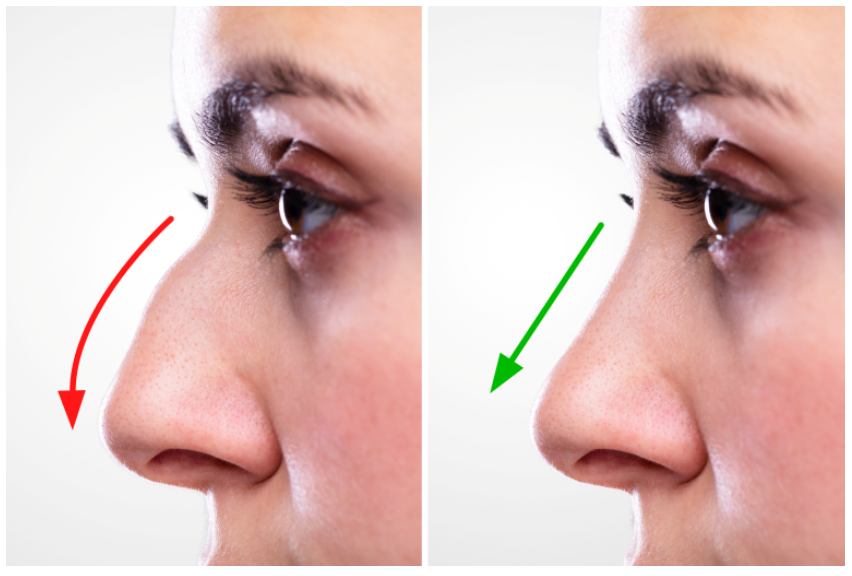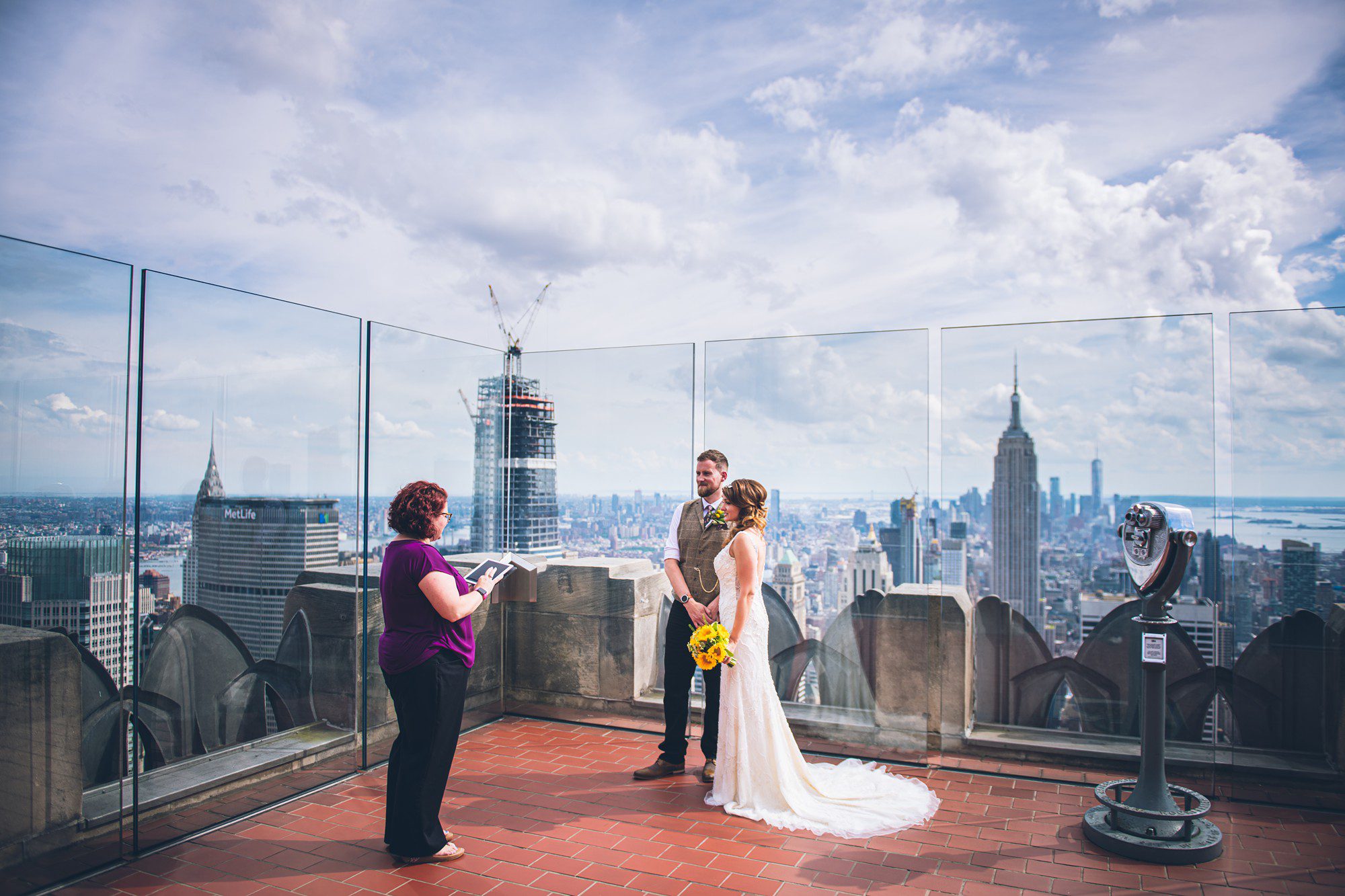
Introduction
Do you feel like you look older than you really are? Do you wish you had a younger-looking nose?
Introduction
Transition and thesis: There are many reasons why someone might seek rhinoplasty surgery. Some people just want to change how they look. Others may be unhappy with the shape of their nose and want to fix it. Still, others may be suffering from breathing problems due to their crooked nose. Whatever your reason, you should consider having rhinoplasty surgery before you get old enough to notice any wrinkles around your mouth.
If you’re considering rhinoplasty, then read this article to learn everything you need to know about the procedure. I’ll also tell you whether or not you’re a suitable candidate for rhinoplasty.
Rhinoplasty (Nose Job) – What Is It?
A rhinoplasty is a cosmetic surgical procedure that changes the appearance of the nose. The goal of the surgeon is to improve the size, shape, and position of the nose in order to make it more attractive.
The most common type of rhinoplasty involves reshaping the tip of the nose. This can be done by removing excess skin, adding cartilage, and repositioning the bone. Other types of rhinoplasty include lengthening the bridge of the nose, narrowing the nostrils, and correcting a deviated septum.
Types Of Rhinoplasty
There are three main types of rhinoplasty: open, closed, and endoscopic. Open rhinoplasty involves making large incisions along the sides and bottom of the nose. Closed rhinoplasty makes smaller incisions and uses sutures to close them. Endoscopic rhinoplasty is similar to closed rhinoplasty except it doesn’t require incisions. Instead, it relies on tiny cameras to perform the surgery.
Who Gets It Done?
Anyone who wants to have a better-looking nose can benefit from rhinoplasty. However, there are many factors that determine who gets rhinoplasty and who doesn’t. These factors include age, gender, ethnicity, and medical history. For example, women tend to seek out rhinoplasty more often than men because they’re concerned about how their faces will appear as they age. If you’ve already reached middle age, then you probably won’t see much improvement after undergoing the operation. You’ll still look older than you really do because your face will be changing as you grow older. If you’re young, however, then you could potentially look years younger after getting rhinoplasty.
People with a family history of nasal problems also tend to be more likely to pursue rhinoplasty. In addition, people with certain medical conditions may benefit from rhinoplasty. For instance, people with cleft lip or palate may experience breathing difficulties due to their condition.
Is It Safe?
Like all other surgeries, rhinoplasty has risks associated with it. Fortunately, these risks are relatively low. Most patients experience minimal pain following the operation.
However, there are certain things that you can do to reduce your risk of experiencing complications. First, you should avoid taking aspirin or ibuprofen within 24 hours of the operation. Second, you shouldn’t smoke cigarettes for at least two weeks prior to the operation. Finally, you should try to eat healthy foods such as fruits and vegetables.
What Are the Risks?
There’s no guarantee that rhinoplasty will work for you. Even though the results are usually good, there’s always a chance that something could go wrong during the operation. For example, an injury to the nerves or blood vessels could cause numbness or bleeding. In addition, scarring could occur.
In some cases, complications can lead to permanent damage. For instance, if the incisions don’t heal properly, then they could leave scars on the inside of the nose. These scars could become infected, which could result in a loss of feeling in the nose.
In rare cases, the nasal bones could shift out of place. This could require additional surgeries to correct the problem.
When Should I Get It Done?
You should think carefully about getting rhinoplasty when you’re young. Although you might look great now, you’ll start looking older as time goes on. By waiting until later in life, you’ll be able to reap the benefits of rhinoplasty without worrying about the effects of aging.
However, if you’re over 40, then you should definitely consider getting the operation. As long as you’re not too old, you can get a significant amount of improvement from rhinoplasty even if you haven’t had any previous cosmetic procedures.
Rhinoplasty Surgery: The Basics
If you’re considering having rhinoplasty (nose job) surgery, you’ve come to the right place! We’ll take you through the basics of this popular procedure so you know exactly what to expect before, during, and after the surgery.
Before Rhinoplasty
The first step towards a beautiful new nose is deciding whether or not you want to undergo the surgery. Before you decide, you need to understand why people choose to have their noses altered. There are many reasons why someone would want to change his or her appearance by having rhinoplasty. Some of those reasons include:
- To improve facial symmetry
- To increase confidence
- To enhance self-esteem
- To achieve a more youthful appearance
- To hide a deformity
During Rhinoplasty
During rhinoplasty, surgeons make small incisions along the sides of the nose. They use these incisions to remove excess skin and tissue. Next, they reshape the cartilage and bone structure of the nose using special tools. After the surgery, the surgeon closes the incision sites with stitches.
After Rhinoplasty
Once the incisions have healed, most patients notice a difference in their appearance. Many people feel like they look younger and more attractive after the surgery. However, some people don’t see much of an improvement. If you’re unhappy with your nose, you should talk to your doctor about other options. You might find that you prefer another type of plastic surgery instead of rhinoplasty.
How Much Does It Cost?
Depending on what kind of rhinoplasty you choose, the cost of the surgery ranges between $3,000 and $10,000. Your insurance company may cover part of the cost.







